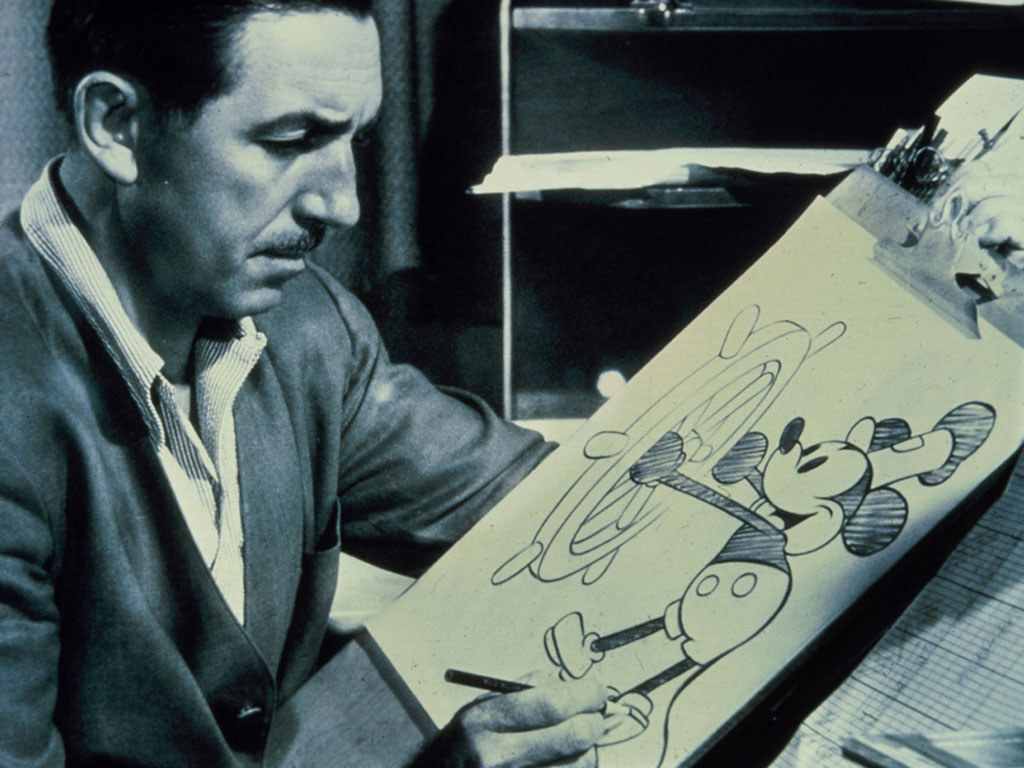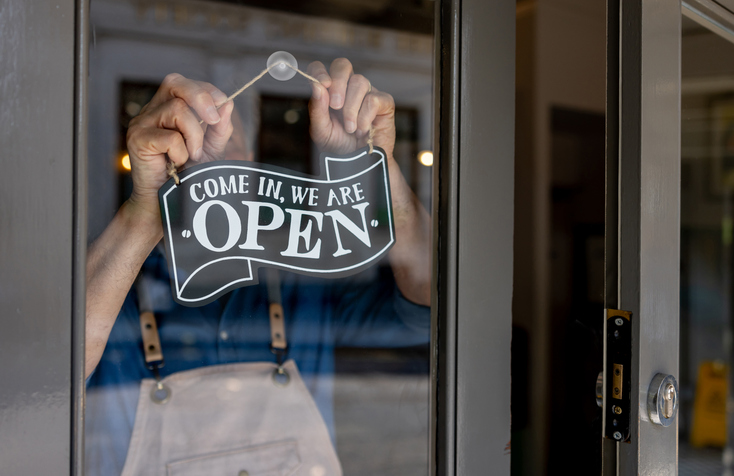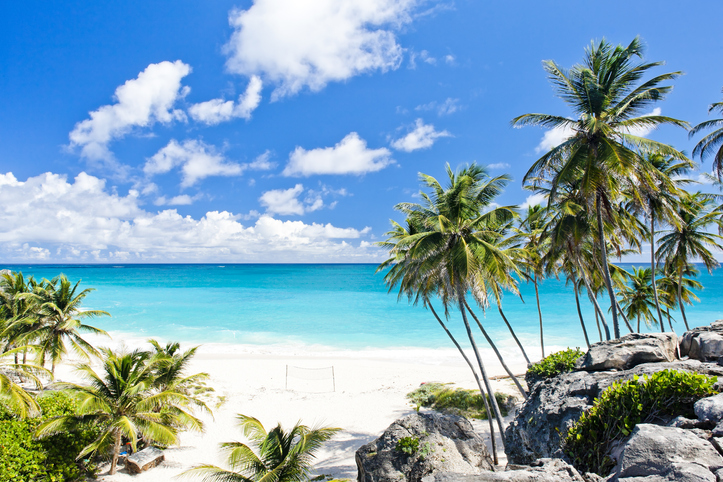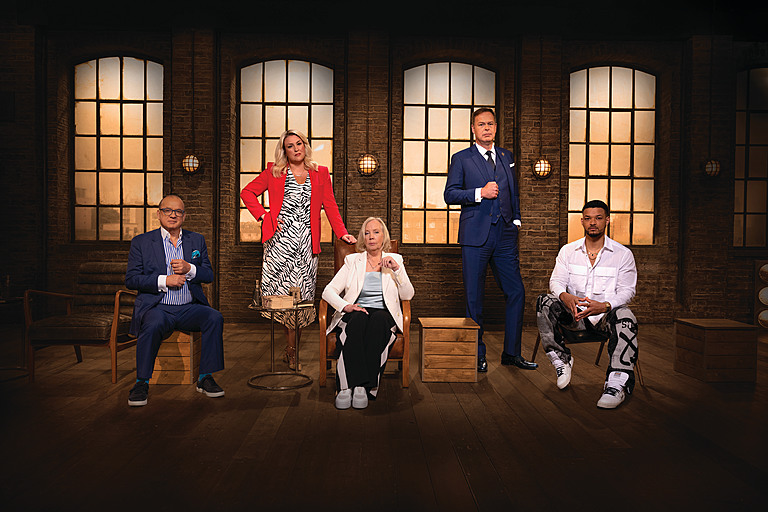‘The way to get started is to quit talking and begin doing’
Walt Disney’s life story really is what the Americans call a Horatio Alger tale, a rags-to-riches story of overcoming hardship to become a business success. In the case of Walt Disney, he spent his childhood waking up at 4:30am and doing a newspaper round, tramping through snow in the biting Kansas cold. Often, he was so tired he slept through school. And then he would do the same newspaper round in the evening after school.
Of course, he became a brilliant newspaper cartoonist and realised his future lay in making silent cartoon films. The philosopher Arthur Schopenhauer wrote that, “talent hits a target no-one else can hit. Genius hits a target no-one else can see”. In Disney’s case, it was creating the first sound cartoon starring Mickey Mouse in 1928 and then, betting his entire future on spending three years making a feature-length animated cartoon, Snow White, in 1937 in what, at the time, critics snarked as “Disney’s folly”.
Despite the failure of his very first company, Disney kept on seeing further than others, opening his Disneyland theme park in California in 1955, embracing the new technology of television – at one time, the only way you could ever see even clips of Disney cartoons in Britain on TV was through one-off specials at Easter and Christmas – difficult to believe now – and even creating an experimental city of the future, Experimental Prototype Community of Tomorrow (EPCOT), sadly unrealised at the time of his death in 1966.
However, a poisonous strike at Walt Disney Studios in 1941 nearly destroyed the company as animators resented the pay and working conditions offered by the increasingly right-wing Hollywood mogul. Some felt that the strike, which led to key staff quitting the studio, was the turning point for Walt Disney and his vision. He increasingly spent more time in his own past rather than dreaming the future, spending hours riding around his lovingly recreated miniature steam train in his garden.




